Sellier & Bellot Ammunition 357 Sig 140 Grain Full Metal Jacket 500 rounds
$380.00
AVAILABLE IN STOCK!!
| Cartridge |
357 Sig
|
|---|---|
| Grain Weight |
140 Grains
|
| Quantity | 500 |
| Configuration |
(10 Boxes of 50)
|
| Muzzle Velocity |
1352 Feet Per Second
|
| Muzzle Energy |
568 Foot Pounds
|
| Bullet Style |
Full Metal Jacket
|
| Lead Free |
No
|
| Case Type |
Brass
|
| Primer |
Boxer
|
| Corrosive |
No
|
| Reloadable |
Yes
|
| Test Barrel Length |
5 Inches
|
Sellier & Bellot Ammunition 357 Sig 140 Grain Full Metal Jacket 500 rounds
Sellier & Bellot Ammunition 357 Sig 140 Buy Sellier & Bellot Ammunition 357 Sig 140 Grain Full Metal Jacket 500 rounds online USA. Sellier and Bellot has been producing cartridge ammunition since 1825. The year 2009 saw one of the milestones in the history of the company, the Brazilian company Companhia Brasileira de Cartuchos S.A. (CBC), also known under the name of Magtech, became the owner of Sellier & Bellot. Another group member is the German company MEN, a globally renowned producer of small-arms ammunition for the military, police, and commercial markets. Due to the merger into one group, the mentioned companies have become more competitive and rank among the largest producers in the world.
Today Sellier & Bellot Ammunition 357 Sig 140 using high quality components which is the choice of hunters, competitive shooters, law enforcement agencies and militaries around the world. This ammunition is new production, non-corrosive, in boxer primed, reloadable brass cases.
What is Sellier & Bellot Ammunition 357 Sig 140 good for?
What is the range of a Sellier & Bellot Ammunition 357 Sig 140?
Full metal jacket bullets are ideal for furbearer hunting or competitive shooting because their smooth design decreases the chance of deformation upon impact and improve feed reliability. This ammunition is new production, non-corrosive, in boxer primed, reloadable brass cases.
Which is more powerful Sellier & Bellot Ammunition 357 Sig 140 or 10mm?
Which is more powerful 9mm or 357 SIG?
Is a 357 more powerful than a 9mm?
357 SIG vs 9mm:The Answer to a Question That Was Never Asked

For several reasons, the 357 SIG vs 9mm debate is not often thought of, even though the 357 SIG has some of the most devout supporters in the shooting community.
Designed to replicate the ballistics of the venerable Sellier & Bellot Ammunition 357 Sig 140, the 357 SIG has a small following inside the law enforcement community and government agencies such as the United States Secret Service (USSS) and the Texas Department of Public Safety (TDPS, a.k.a. the Texas Rangers).
The key word here is “small.”
Proponents of the Sellier & Bellot Ammunition 357 Sig 140 will point to its higher muzzle velocity, muzzle energy, and stopping power as the primary reasons for selecting the 357 SIG as your self-defense ammo.
But is the Sellier & Bellot Ammunition 357 Sig 140 truly a “man stopper” as many of its loyal fanbase claim, or is this simply confirmation bias due to the belief that shooters can carry a 357 Mag in a semi-auto handgun?
On the other hand, does less recoil, higher magazine capacity, and the ability to land quicker follow-up shots make the 9mm the ideal defense round? Or is the 9mm just an oversized mouse cartridge?
In this article, we will take an objective look at the 357 SIG cartridge and how it compares to the long-serving 9mm Luger.
I hope you like muzzle blast because we’re starting with the new kid on the block, the 357 SIG.
.357 SIG: A 357 Magnum in a Semi-Auto Package
Development of the 357 SIG round began in 1994 (that’s 4 years AFTER the release of the 40 S&W). Sig Sauer, in conjunction with ammo manufacturer, Federal Cartridge, sought to replicate the terminal ballistics of the 357 Magnum in a more compact, semi-auto package.
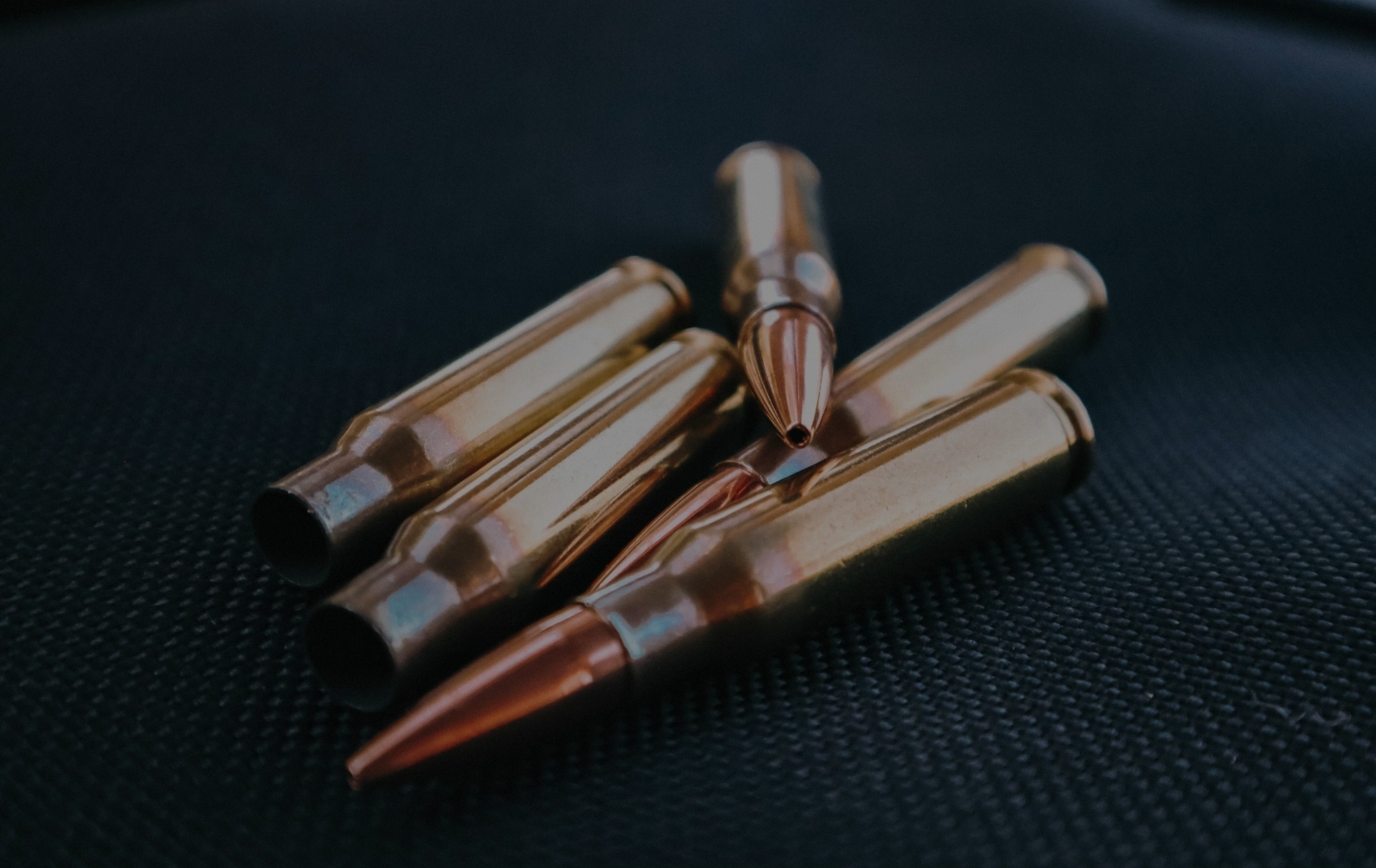
Subscribe for weekly deals and money-saving tips on ammo!
FREE WEEKLY AMMO DEALS
The 357 Mag was developed by the Master of the Magnum, Elmer Keith, in conjunction with Smith and Wesson and Winchester. The iconic American round was designed to fire a 0.357” diameter bullet at 1450 fps out of a 4 inch barrel.
The 357 Magnum is an excellent law enforcement, personal defense, and hunting round and saw widespread success in the revolver market. The 125-grain hollow point bullets are well known for their lethality and stopping power and were the go-to ammo for police officers until semi-auto pistol designs (like the 1911 and 45 ACP) became more popular.
The performance Sig Sauer was attempting to replicate in the 357 SIG was the 357 Magnum itself; the firing of a 125-grain bullet at 1400+ fps out of a 4 inch barrel.
To accomplish this, Sig Sauer took a page out of the Smith and Wesson playbook and experimented with the 10mm Auto cartridge (another win for Lt Col Jeff Cooper). The finalized design used the 10mm Auto as the parent case that was necked down to accept 0.355” (9mm) diameter bullets.
Voilà, the 357 SIG was born!
The 357 SIG pushes 125-grain bullets at a muzzle velocity topping out at 1450 fps, effectively duplicating the 357 Magnum round fired from a 4-inch barrel. SAAMI specs indicate that the maximum allowable pressure for the 357 SIG at 40,000 psi.
One aspect of the 357 SIG that separates it from other pistol cartridges is that it utilizes a bottle-neck-shaped cartridge similar to rifle cartridges. This allows for very reliable feeding and the increased powder capacity that is needed to achieve the terminal performance similar to that of the 357 Mag.
Once approved for sale in the US, Sig Sauer released the Sig P229 handgun which was chambered in their new 357 SIG ammo and specifically designed to handle the high pressures of the new pistol cartridge.
In 1998, the Texas Department of Public Safety (TDPS, Texas Rangers) was the first government agency to adopt the 357 SIG as their duty ammo. Other notable government and law enforcement agencies who have opted to switch to the 357 SIG and the Sig P229 were the Federal Air Marshals and the Secret Service.
The 357 SIG saw mild success in law enforcement circles and those agencies which adopted the new Sig cartridge reported favorable terminal performance in officer-involved confrontations.
And although the 357 SIG has a small and steadfast core of followers, it never achieved the popularity level of the 40 S&W, 9mm Luger, and 45 ACP.
To complicate things, many law enforcement agencies including the FBI and Texas DPS are moving away from the 357 SIG and 40 S&W back to the 9mm as their standard issue ammo of choice.
Why is that, exactly? Let’s examine the 9mm Luger cartridge and find out!
What is 9mm? The Most Popular Handgun Cartridge in the World
The 9x19mm Luger was designed by the Austrian gunsmith Georg Luger in 1901. Luger derived the 9mm Parabellum from his previous design, the 7.65x21mm Parabellum.
In 1903 he presented the 9mm Luger to the US military for consideration at the Springfield Arsenal and was in competition with Browning and the 45 ACP. The 9mm was not adopted by the US military until much later and was instead picked up by the German Imperial Navy and Army in 1904 and 1908, respectively.
The 9x19mm Luger is also referred to as the 9x19mm NATO, 9mm Parabellum, or simply the 9mm. SAAMI specs list the maximum pressure for 9mm at 35,000 psi and standard 115 grain FMJ ammo will have an average muzzle velocity of 1180 fps and muzzle energy of 355 foot-pounds.
After World War I and through World War II, the 9mm Luger cartridge and its accompanying Luger P-08 handgun became one of the most popular handgun cartridges in Europe for both military and law enforcement. However, the United States was late to the party as it clung to the idiom, “Bigger Bullets are Better” and our beloved 45 ACP until the 1980s with the adoption of the Beretta M9 Service Pistol by the US Army.
The popularity of the 9mm Luger really exploded in the United States during the 80s and 90s with the introduction of extremely reliable semi-auto pistols, such as the Glock 17, the Sig Sauer P226, and more recently the Springfield XD and the Smith and Wesson M&P.
Fervor for the 9mm has only been bolstered by the U.S. military’s adoption of the Sig Sauer P320 as the new standard-issue sidearm for military personnel.
The 9mm has become synonymous with law enforcement and home defense for its high magazine capacity, stopping power using jacketed hollow point ammo (JHP), and low overall cost per round.
9mm pistols are extremely easy to come by and are relatively inexpensive as all major firearms manufacturers carry some offering for the 9mm cartridge: Glock, Smith and Wesson, Sig Sauer, Kimber, Springfield, Remington, Ruger, and Taurus, just to name a few!
It has truly become the everyday carry (EDC) handgun of choice if you don’t want to carry something more sizable and snappier like a 357 Magnum. And with advancements in hollow point technology, the 9mm has solidified itself as the self-defense ammo of choice for the military, law enforcement, and the civilian concealed carry permit holder.
But is the 9mm Parabellum better than the 357 SIG? Let’s compare these two handgun cartridges and find out.
9mm vs .357 SIG: What’s the Difference?
Both the 9mm Luger and the 357 SIG are extremely capable self-defense handgun cartridges that will undoubtedly defend your life should the need arise.
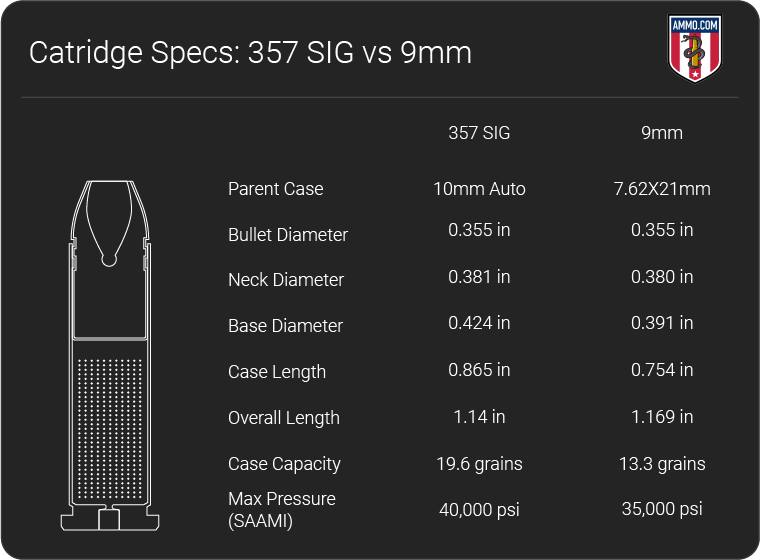 But is one cartridge superior?
But is one cartridge superior?
Many lovers of the 357 SIG will point to the supposedly superior ballistics and muzzle energy of the 357 SIG, claiming that it is the modern incarnation of the 357 Magnum in semi-auto form.
These same proponents will quote anecdotal stories about the 357 Mag and how effective a man-stopper it was, and that their beloved 357 SIG is nothing short of the Second Coming of Elmer Keith himself.
And don’t get me wrong, the 357 SIG is a formidable cartridge capable of excellent terminal ballistics and penetration, but does that make it better than a 9mm?
9mm Luger aficionados will tout their massive magazine capacity, ease of quick follow up shots thanks to what they will say is “less recoil than a .22 LR!” (a bit of an exaggeration), relative low cost of ammo, and improved ballistics due to advancements in jacketed hollow point (JHP) technology.
Before we come to fisticuffs over which handgun cartridge is ideal for winning a gunfight, let’s take an objective look at the advantages and disadvantages of each caliber so you can make a more informed purchase on your next CCW pistol.
Stopping Power
“Stopping Power” is the #1 argument that shooters use to justify choosing the 357 SIG over any other caliber, so we are going to take a deep dive into this concept as it can easily be misunderstood.
So, what exactly is Stopping Power?
Stopping Power is one of those ambiguous terms that gets thrown around a lot at gun stores, campfires, and Internet firearms boards. It’s a concept that certain cartridges are more effective at stopping a bad guy and is often used as justification for picking one caliber over another.
The conversation usually goes something like this…
Noob Gun Owner: “Is a 357 SIG more powerful than a 9mm? Is 357 SIG better for self-defense than 9mm?”
Internet Mall Ninja Firearms Expert: “Oh yes, the 357 SIG has more stopping power than a 9mm! I always EDC my Glock 31 with no less than 5 extra mags full of Underwood JHP ammo!”
I’m hoping that you can tell I’m joking here, but the truth of the matter is that “stopping power” is nothing more than a myth.
Now before you get up in arms and fill my inbox with ballistics tables (don’t worry we will get to those soon enough) and police officer-involved shooting reports, let me explain what I’m talking about.
There are two ways that you will stop a bad guy in a gunfight:
- You will lacerate or poke holes in major internal organs, causing either exsanguination (critical blood loss) or incapacitation by hitting the Central Nervous System (CNS).
- The bad guy gives up and decides he cannot take any more punishment and either surrenders or retreats
For my astute readers, you’ll have already concluded that all instances of #1 are based on shot placement. Reliably hitting those internal organs or CNS is going to stop the fight a lot quicker than hitting the extremities (arms, legs, etc.)
For #2, anyone who touts “stopping power” as a justification for one cartridge over another will suggest that just being hit by said caliber will be enough to demoralize a bad guy and make him give up.
And this simply is not true.
The truth is that #2 is dependent upon the mental state of the bad guy and has little to do with the caliber that they are shot with. A bad guy high on PCP and feeling like the next incarnation of The Rock will be able to take multiple hits and stay in the fight (there are multiple police reports to attest to this).
In contrast, for criminals like car-jackers or burglars, often any show of force is enough to make them retreat or surrender. So, in this case, a .22 LR would have the same stopping power as a 45 ACP, 10mm Auto, or 50 AE!
This means that Stopping Power can only truly be quantified by #1, which was damage to internal organs and the CNS. So, this means we should all just carry 9mm because many shooters report better accuracy with that cartridge, right?
Well…Yes and no.
Hold onto your tea Alice, we aren’t at the bottom of this rabbit hole yet…
Why is it then, that many proponents and actual end-users of the 357 SIG consistently report favorable results of the SIG round in the field? Is there something we aren’t considering?
There’s no denying that the 357 SIG has superior numbers on paper in terms of higher velocity and muzzle energy. Your standard 125-grain bullet fired from a 357 SIG will have a muzzle velocity of 1350 fps and exert 510 foot-pounds of energy while a 124-grain bullet fired from a 9mm will clock in at 1150 fps and 364 foot-pounds of energy.
Those numbers clearly favor the 357 SIG and one would suspect that the terminal ballistic data would be superior for the 357 SIG compared to the 9mm Luger (however 9mm +p ammo closes the gap somewhat). However, the real-world test results show something else entirely.
 FBI ballistic gel testing results for the 357 SIG and the 9mm show that both defense rounds have excellent penetration between 13” and 18”, that’s right in the sweet spot that the FBI qualifies as good. Furthermore, as both cartridges fire the same diameter bullet (0.355”), expansion was essentially identical.
FBI ballistic gel testing results for the 357 SIG and the 9mm show that both defense rounds have excellent penetration between 13” and 18”, that’s right in the sweet spot that the FBI qualifies as good. Furthermore, as both cartridges fire the same diameter bullet (0.355”), expansion was essentially identical.
One thing that is not identical between the 357 SIG and the 9mm is the temporary wound cavity caused when the bullet impacts soft tissue. Sometimes referred to as a stretch cavity, the temporary wound cavity is caused by the rapid transfer of energy to the target from the bullet impact.
As you can see in the FBI ballistic gel data pictured here, the 357 SIG shows a larger temporary wound cavity and tissue disruption when compared to the 9mm. This will increase blood loss which can aid in incapacitating the target.
This data would suggest that the 357 SIG can cause more damage to a bad guy due to the increased foot-pounds of energy it can transfer to the target while having the same permanent wound cavity as a 9mm (as they fire the same diameter bullet).
Although stopping power is not something that is quantifiable, there are several other factors that we need to consider like recoil.
Reviews
There are no reviews yet.
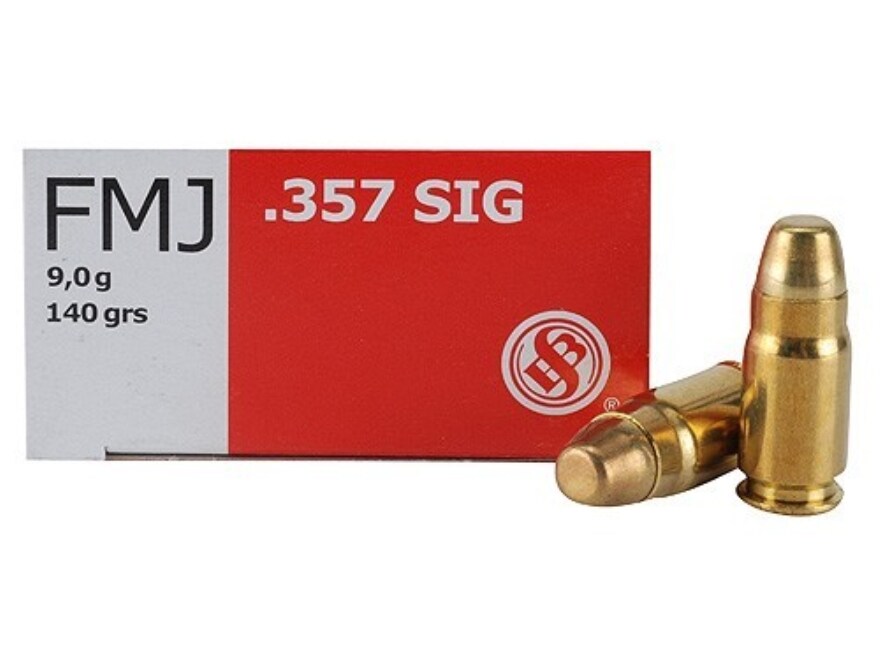

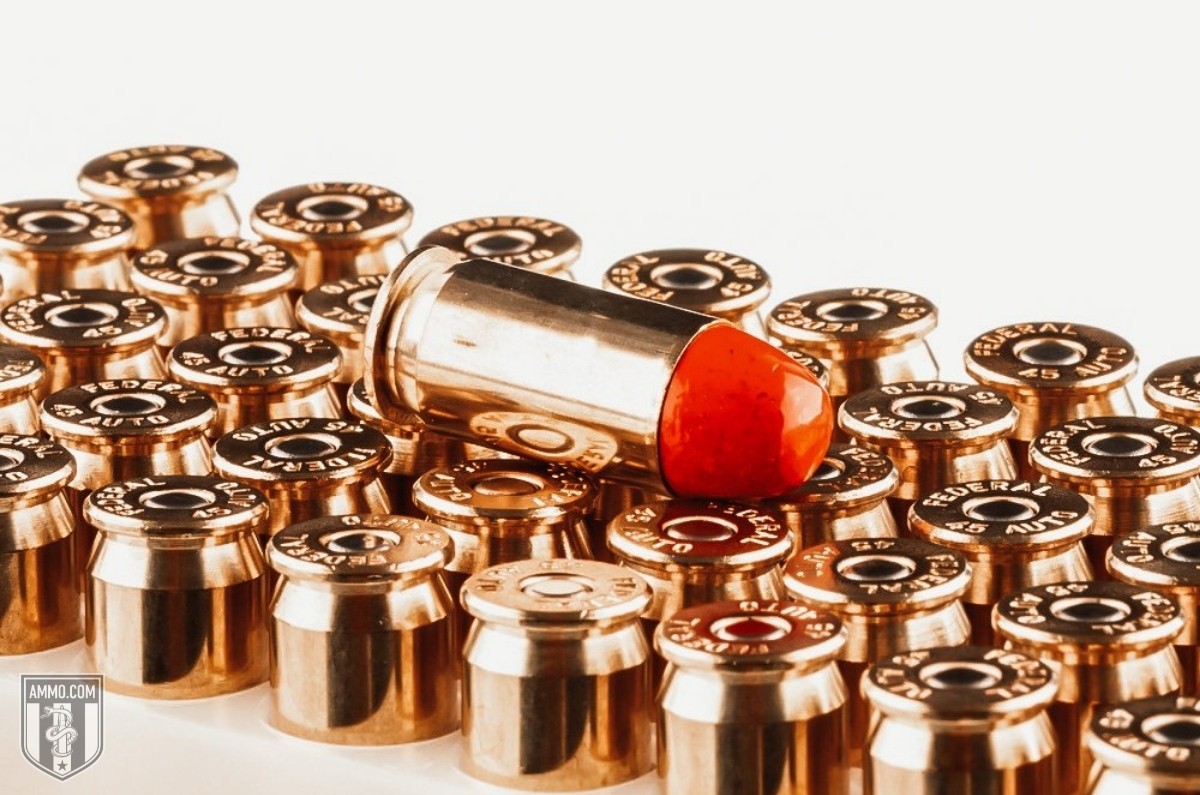
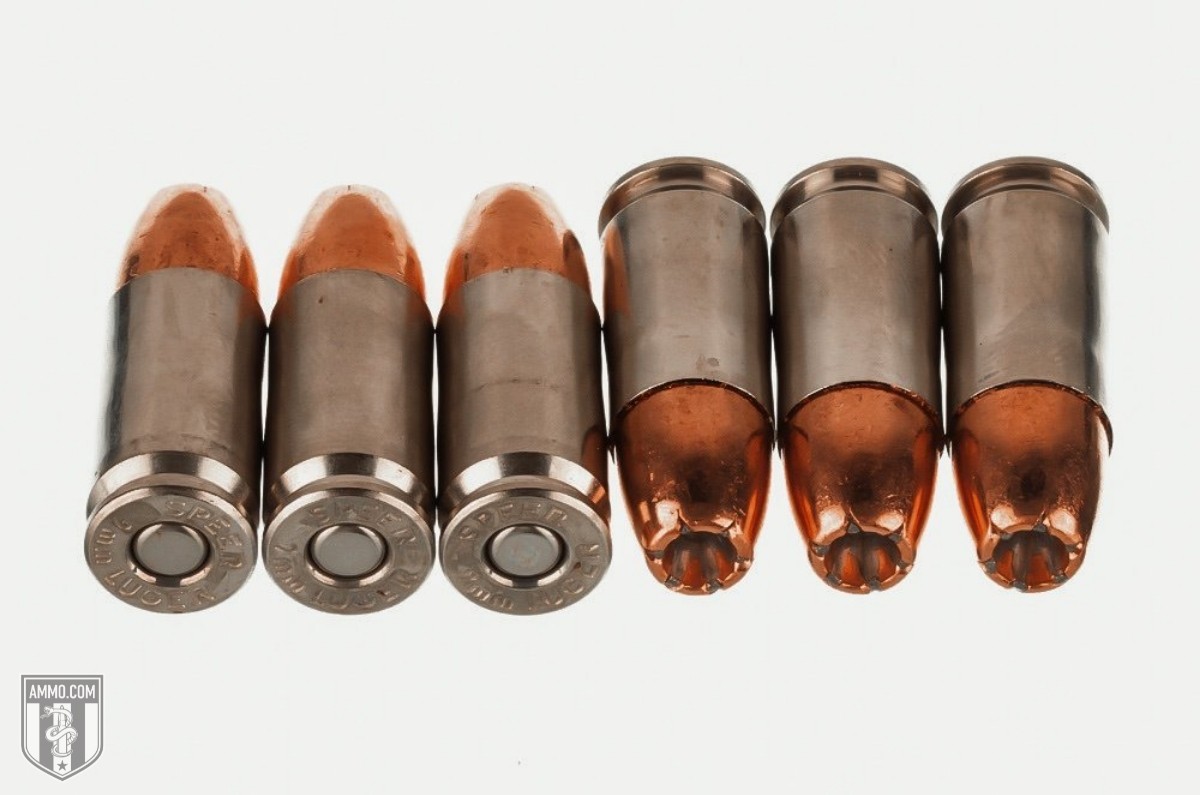
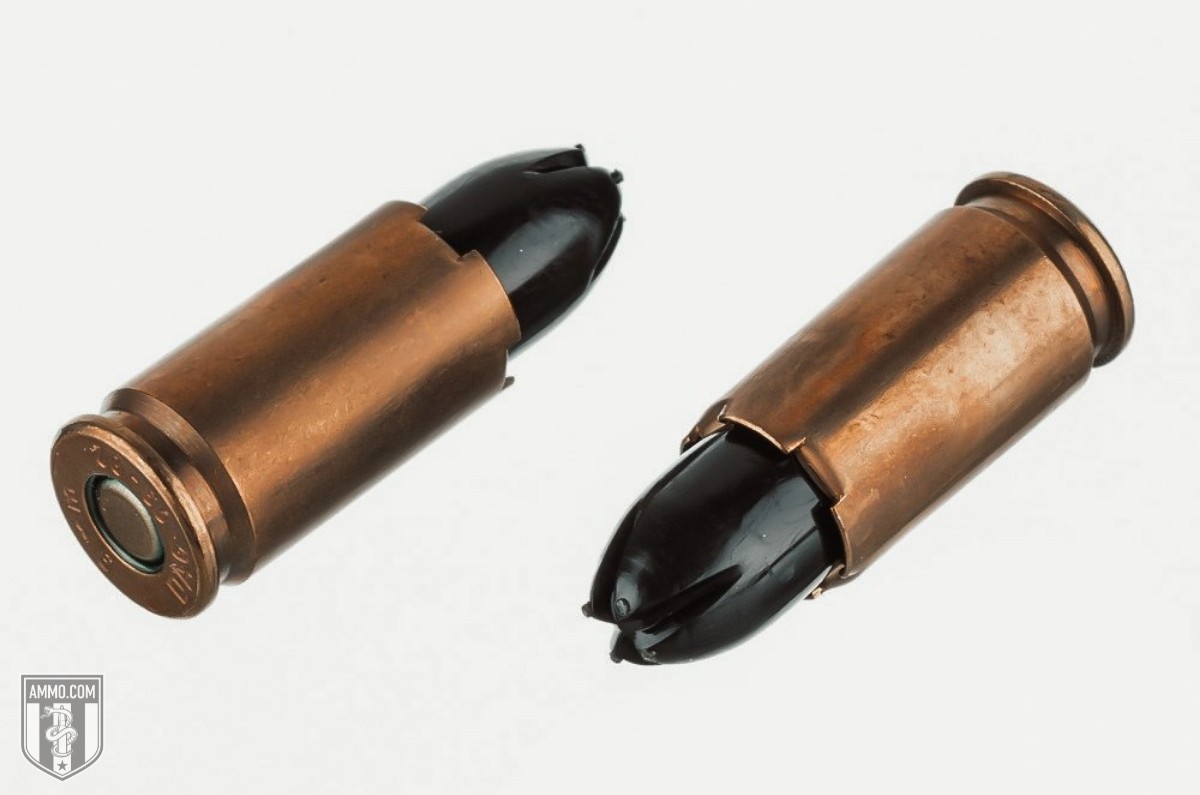
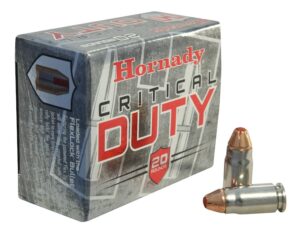
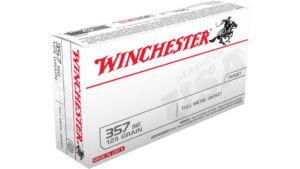
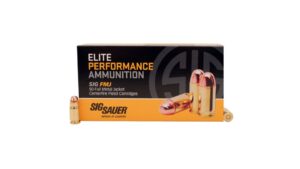
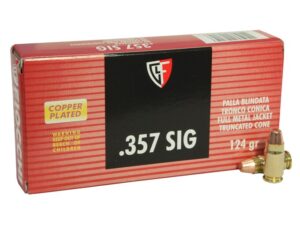
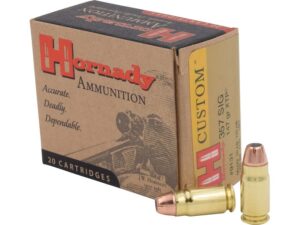
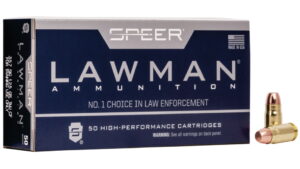
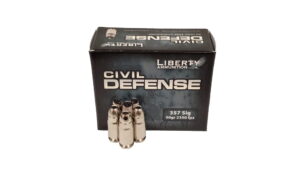

Be the first to review “Sellier & Bellot Ammunition 357 Sig 140 Grain Full Metal Jacket 500 rounds”
You must be logged in to post a review.